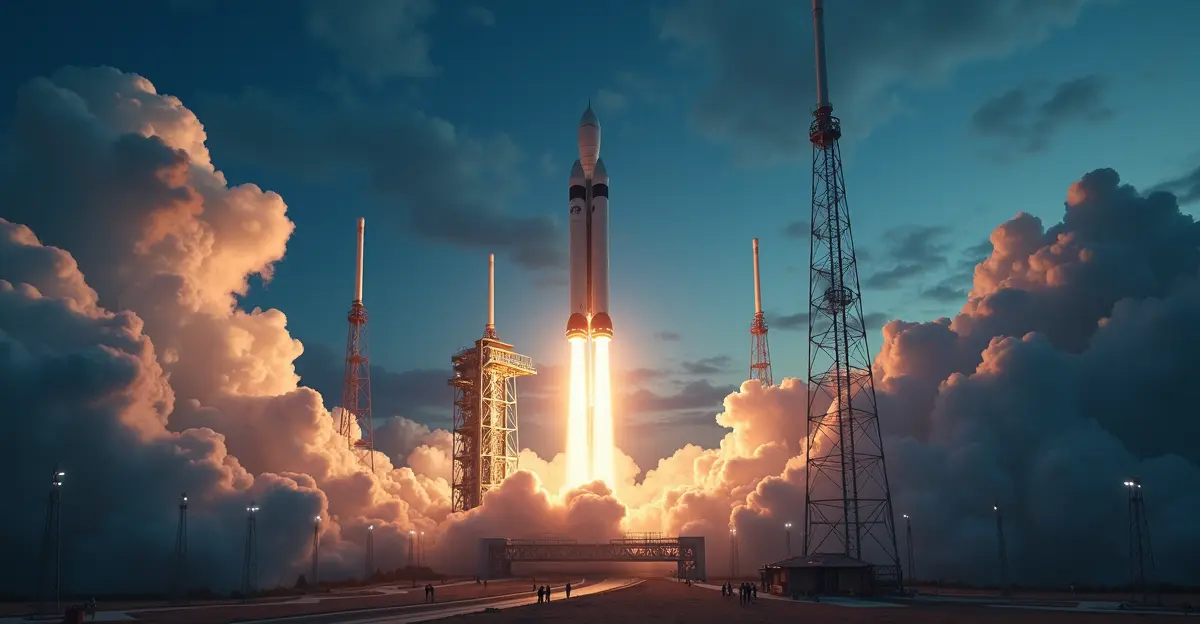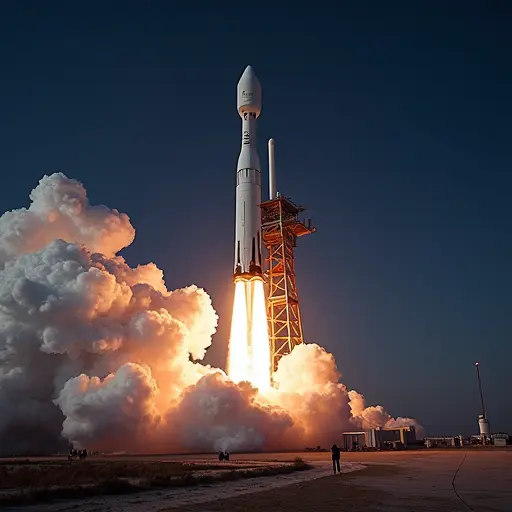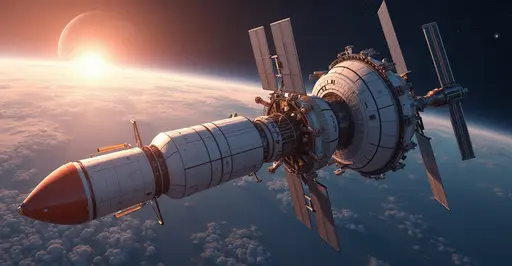
Historic Space Collaboration Announced
India and the United States have announced a groundbreaking joint space research program that will see the two nations collaborate on a new satellite mission dedicated to studying atmospheric phenomena. The initiative represents one of the most significant international space partnerships of 2025, bringing together the expertise of ISRO (Indian Space Research Organisation) and NASA.
Mission Objectives and Scientific Goals
The joint satellite mission will focus on comprehensive atmospheric research, including weather pattern analysis, climate change monitoring, and the study of extreme weather events. The spacecraft will be equipped with advanced sensors capable of measuring atmospheric composition, temperature profiles, humidity levels, and wind patterns across multiple altitudes.
According to space officials from both countries, the mission aims to enhance global weather forecasting capabilities and improve understanding of climate dynamics. The satellite will provide real-time data that can be used for disaster management, agricultural planning, and environmental monitoring across South Asia and beyond.
Technical Specifications and Launch Timeline
The satellite will feature state-of-the-art instrumentation developed through collaborative engineering efforts between ISRO and NASA. It will operate in a sun-synchronous polar orbit, allowing it to cover the entire Earth's surface while maintaining consistent lighting conditions for observations.
Launch is scheduled for late 2026, with the satellite expected to be deployed using India's GSLV Mk III rocket. The mission has an operational lifespan of at least 7 years, during which it will continuously transmit valuable atmospheric data to ground stations in both countries.
Strategic Importance and International Cooperation
This collaboration marks a significant milestone in India-US relations, particularly in the space technology sector. The partnership leverages India's cost-effective satellite development capabilities and NASA's extensive experience in atmospheric research and data analysis.
The joint program also includes knowledge sharing and capacity building components, with scientists and engineers from both nations working together throughout the mission's lifecycle. This exchange of expertise is expected to strengthen both countries' space programs and foster future collaborations.
Global Impact and Scientific Community Response
The scientific community has welcomed the announcement, noting that the data collected will be made available to researchers worldwide. This open data policy aligns with both nations' commitments to international scientific cooperation and will contribute to global efforts in climate research and weather prediction.
Atmospheric scientists emphasize that the mission comes at a critical time when climate change is causing increasingly unpredictable weather patterns. The high-resolution data from this satellite will help improve climate models and enhance our ability to predict extreme weather events with greater accuracy.

 Nederlands
Nederlands English
English Français
Français Deutsch
Deutsch Español
Español Português
Português








